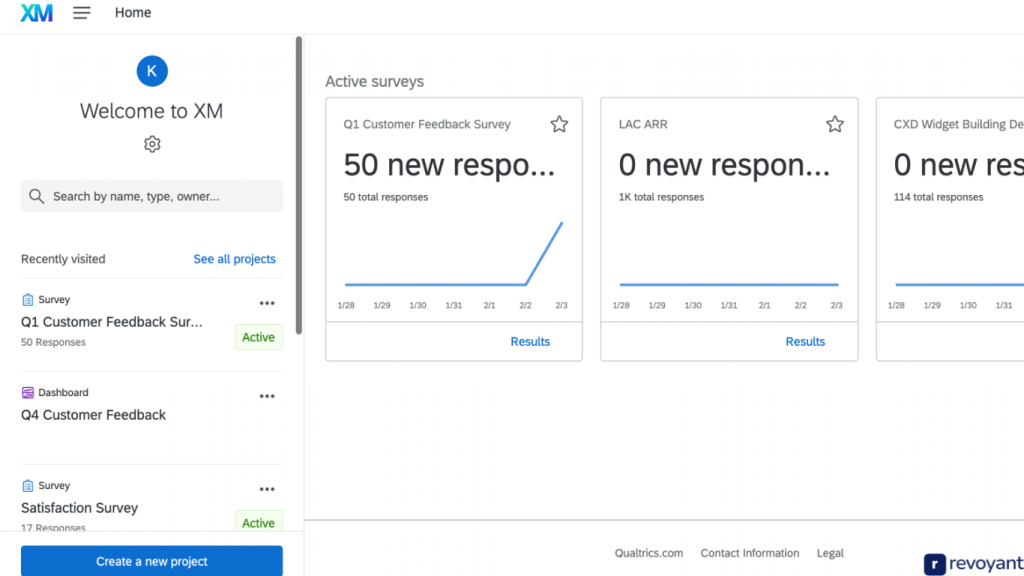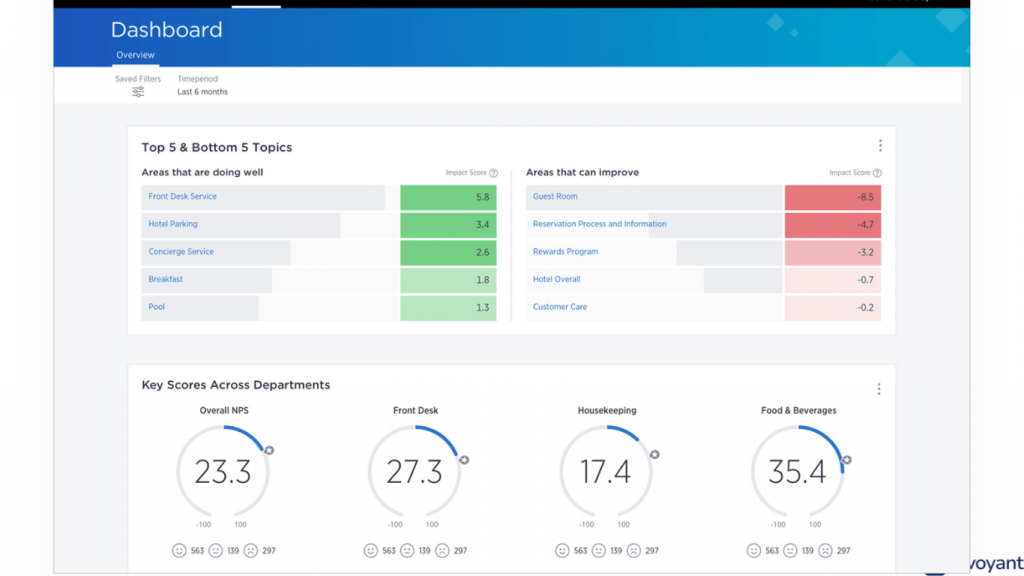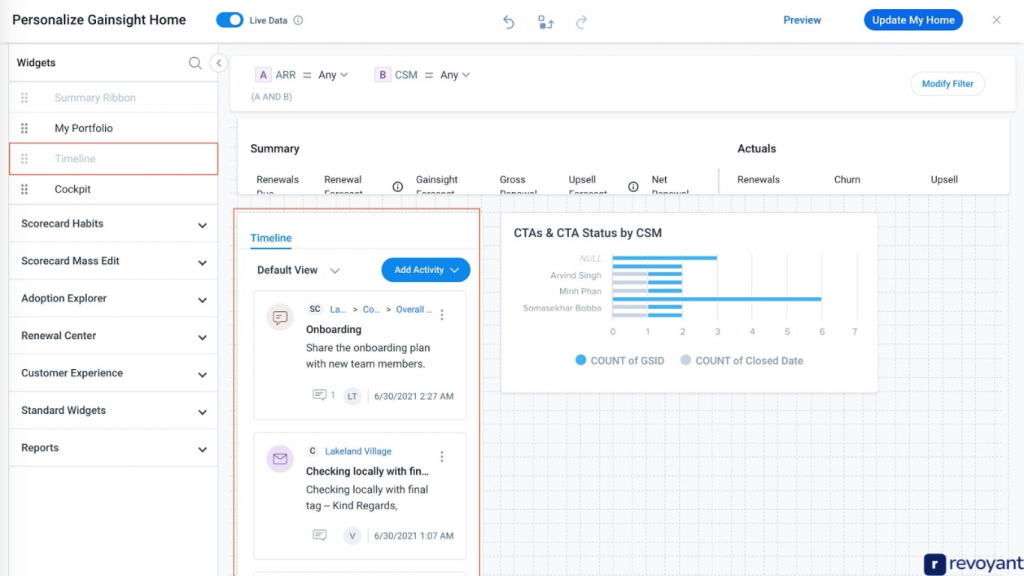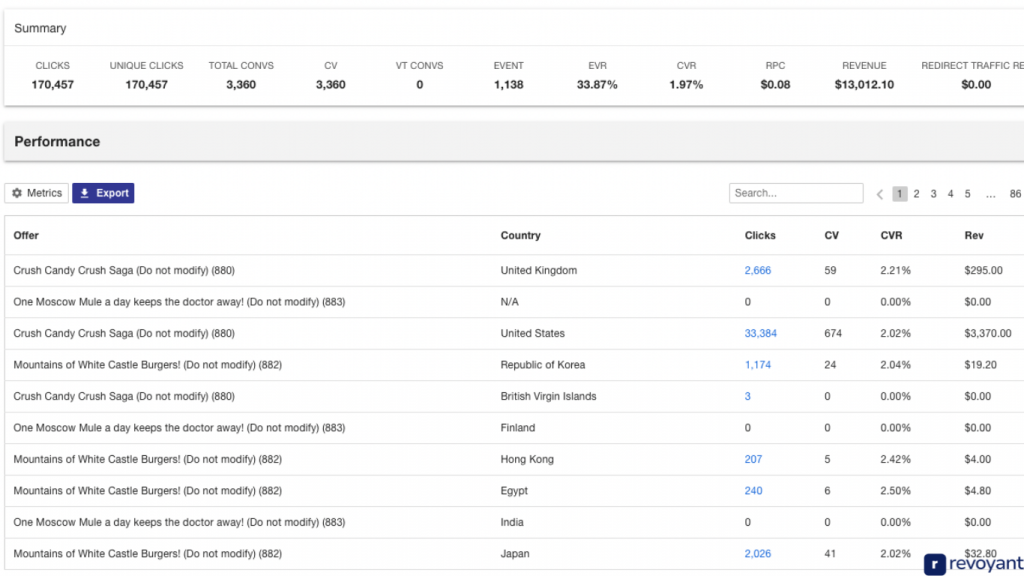In the competitive landscape of B2B SaaS, customer advocacy has emerged as a powerful strategy for driving growth and building brand loyalty. As companies increasingly focus on creating exceptional customer experiences, leveraging satisfied customers as advocates can provide significant advantages.
By harnessing the voices of loyal users, B2B SaaS businesses can enhance their credibility, expand their reach, and ultimately, drive sustainable growth.
Key Takeaways on Customer Advocacy for B2B SaaS
- Empowerment of Satisfied Customers: Customer advocacy involves engaging loyal users to share their positive experiences, enhancing brand credibility through testimonials and referrals.
- Building Trust and Credibility: Advocacy helps establish trust in B2B relationships, as potential customers often prefer recommendations from peers over traditional marketing methods.
- Cost-Effective Marketing Strategy: Leveraging customer advocacy can yield a higher ROI compared to traditional advertising, as it capitalizes on existing relationships rather than requiring extensive investment.
- Enhanced Customer Loyalty: Recognizing and rewarding advocates fosters deeper connections, leading to increased loyalty and reduced churn rates.
- Data-Driven Identification: Utilizing data analytics tools, businesses can identify potential advocates by assessing engagement metrics like NPS and CSAT scores.
- Tailored Engagement: Segmenting advocates based on criteria such as industry and usage patterns allows for personalized communication and targeted outreach.
Understanding Customer Advocacy
Customer advocacy involves engaging and empowering satisfied customers to share their positive experiences with your brand. These advocates can become vocal supporters, sharing testimonials, participating in case studies, and influencing potential customers through word-of-mouth referrals.
In an era where buyers conduct extensive research before making purchasing decisions, having trusted advocates can be a game-changer.
The Importance of Customer Advocacy in B2B SaaS
Customer advocacy has become a critical component for achieving sustainable growth and competitive advantage. As businesses strive to enhance customer experience and drive engagement, harnessing the power of satisfied customers as advocates can lead to significant benefits.
Building Trust and Credibility
Trust is a cornerstone of successful B2B relationships. Potential customers often seek recommendations from peers rather than relying solely on traditional marketing.
Customer advocacy leverages this phenomenon by enabling satisfied clients to share their experiences, significantly enhancing your brand’s credibility. When prospects hear positive feedback from real users, they are more likely to convert.
Cost-Effective Marketing
Advocate marketing is not only effective but also cost-efficient. Unlike traditional advertising, which often requires substantial investment, leveraging customer advocacy capitalizes on existing relationships.
Advocacy programs can yield higher ROI, as they rely on organic promotion rather than paid campaigns. This makes it a financially viable strategy, especially for companies looking to optimize their marketing budgets.
Enhanced Customer Loyalty
Engaging customers as advocates fosters deeper connections between them and your brand. By recognizing and rewarding loyal users for their support, you reinforce their commitment to your product. This sense of belonging and appreciation leads to increased customer loyalty, reducing churn and enhancing long-term retention.
Key Strategies for Leveraging Customer Advocacy
Customer advocacy is not just a buzzword; it’s a strategic approach that can significantly impact growth and success in the B2B SaaS landscape. By turning satisfied customers into advocates, businesses can harness their voices to enhance credibility, drive referrals, and foster long-term relationships. Here are in-depth strategies to effectively leverage customer advocacy.
Identify Potential Advocates
1. Use Data Analytics
To identify potential advocates, leverage data analytics tools that assess customer engagement. Metrics such as Net Promoter Score (NPS), Customer Satisfaction Score (CSAT), and usage frequency provide insights into who is most likely to promote your brand.
Look for customers with high NPS scores and active usage patterns, as these indicators often correlate with advocacy potential.
2. Segment Your Audience
Once potential advocates are identified, segment them based on various criteria—such as industry, company size, or product usage. This allows for tailored engagement strategies.
For example, a customer from a large enterprise might respond differently to advocacy outreach compared to a startup user. Tailoring your communication ensures that your approach resonates with different segments effectively.
Foster Engagement and Communication
1. Build Relationships
Establishing strong relationships with your customers is crucial. Regular check-ins via personalized emails or calls can keep the lines of communication open. Use these interactions not only to solicit feedback but also to share updates about product developments, ensuring customers feel included in your brand’s journey.
2. Create a Community
Consider creating an online community or forum where advocates can connect, share experiences, and provide feedback. This could be through a dedicated platform or social media groups. Facilitating this environment not only strengthens relationships but also cultivates a sense of belonging among your advocates.
3. Host Exclusive Events
Organize webinars, Q&A sessions, or exclusive meetups for your advocates. This not only provides valuable insights and learning opportunities but also makes advocates feel valued and appreciated.
Implement Incentive Programs
1. Offer Meaningful Rewards
Design incentives that are relevant and meaningful to your advocates. This could include discounts on renewals, early access to new features, or exclusive content. Ensure that these rewards resonate with your advocates’ interests, which can significantly enhance participation.
2. Gamify Participation
Gamification can transform advocacy engagement into a fun and competitive experience. Create a point system where advocates earn rewards for various activities such as referrals, social media shares, or content creation. Consider incorporating leaderboards to encourage friendly competition among advocates.
Encourage User-Generated Content (UGC)
1. Simplify Content Creation
To maximize UGC, provide advocates with templates, guidelines, and examples for testimonials, case studies, and social media posts. Making it easy for them to share their experiences lowers the barrier to participation and can lead to a wealth of authentic content.
2. Showcase Success Stories
Highlight successful use cases and testimonials prominently on your website and marketing materials. By showcasing how your product has solved real-world challenges, you not only validate your advocates’ experiences but also attract new customers who can relate to these stories.
3. Create Video Content
Encourage advocates to create video testimonials or participate in case study interviews. Video content often has a higher engagement rate and can convey authenticity more effectively than written content.
Measure and Optimize
1. Track Key Metrics
Implement analytics tools to monitor the effectiveness of your advocacy initiatives. Key metrics might include referral conversion rates, the volume of generated content, and overall engagement levels. This data will help you assess what’s working and what needs adjustment.
2. Gather Feedback
Regularly solicit feedback from your advocates regarding their experiences with the advocacy program. This can be done through surveys or direct conversations. Understanding their perspectives helps refine your approach and ensures that your program evolves to meet their needs.
3. A/B Testing
Experiment with different strategies or incentives to see which resonate most with your advocates. A/B testing can provide valuable insights into what drives engagement and participation.
Leverage Social Media
1. Amplify Advocate Voices
Encourage advocates to share their experiences on social media. Provide them with shareable content, hashtags, and pre-crafted messages to make it easier for them to promote your brand.
2. Engage Actively
Actively engage with advocates on social media platforms by liking, sharing, and commenting on their posts. This not only boosts their visibility but also reinforces your relationship with them. Highlighting their contributions publicly can motivate other customers to engage.
Create Formal Advocacy Programs
1. Establish an Advocate Program
Develop a structured customer advocacy program that outlines clear objectives, processes, and benefits for participants. A well-defined program makes it easier for customers to understand how they can participate and what they will gain.
2. Promote Your Program
Effectively market your advocacy program to your existing customer base. Use email campaigns, in-app notifications, or during customer onboarding to highlight the benefits of becoming an advocate. Share success stories to demonstrate the value of participation.
3. Designate Advocacy Roles
Consider designating specific roles within your advocacy program, such as “Advocate Ambassadors.” This can create a sense of ownership and responsibility, encouraging advocates to take a more active role in promoting your brand.
AI Software for Customer Advocacy: Driving Growth in B2B SaaS
In the competitive landscape of B2B SaaS, harnessing the power of customer advocacy is essential for sustainable growth. AI-driven software solutions are transforming how companies engage with their customers, turning satisfied clients into vocal advocates. Here’s an overview of notable AI software tools focused exclusively on customer advocacy.
Qualtrics
Qualtrics is an experience management platform that leverages AI to gather and analyze customer feedback efficiently. It enables businesses to deploy automated surveys to gauge customer sentiment, track Net Promoter Scores (NPS), and gather actionable insights.
The AI-driven analytics help organizations identify advocates and potential churn risks, allowing them to take proactive measures.

Medallia
Medallia specializes in customer experience management, using AI to aggregate feedback from multiple channels—such as social media, surveys, and direct interactions. Its powerful sentiment analysis capabilities help businesses understand customer feelings in real time.
By identifying key advocates through data insights, companies can tailor their outreach efforts to engage these loyal customers effectively.

Gainsight
Gainsight is designed specifically for customer success management. Its AI features enable organizations to monitor customer health scores based on engagement metrics, product usage, and feedback.
By identifying high-value customers likely to become advocates, Gainsight allows businesses to develop targeted strategies for engagement, driving higher retention rates and referral opportunities.

Everflow
Everflow is an advocacy platform that uses AI to track customer interactions and advocate behavior. It helps businesses recognize patterns in customer engagement and identifies those who are most likely to refer new clients. Through automated referral tracking and incentives, Everflow makes it easy for companies to turn satisfied customers into brand ambassadors.

Conclusion
AI-driven customer advocacy software is transforming how B2B SaaS companies connect with their customers. By leveraging these tools, organizations can turn satisfied clients into powerful advocates, driving growth and improving customer retention.
With enhanced engagement, data-driven insights, and streamlined processes, businesses are well-equipped to harness the full potential of customer advocacy in their growth strategies.
Frequently Asked Questions
1. What is customer advocacy?
Customer advocacy involves engaging and empowering satisfied customers to share their positive experiences with your brand, often through testimonials, case studies, and referrals.
2. Why is customer advocacy important for B2B SaaS companies?
It builds trust and credibility, provides cost-effective marketing, enhances customer loyalty, and can lead to increased conversions and sustainable growth.
3. How can I identify potential advocates among my customers?
Use data analytics tools to assess engagement metrics like Net Promoter Score (NPS), Customer Satisfaction Score (CSAT), and usage frequency to find satisfied customers likely to promote your brand.
4. What strategies can I use to foster engagement with advocates?
Build strong relationships through regular communication, create a community for advocates, host exclusive events, and implement meaningful incentive programs.




